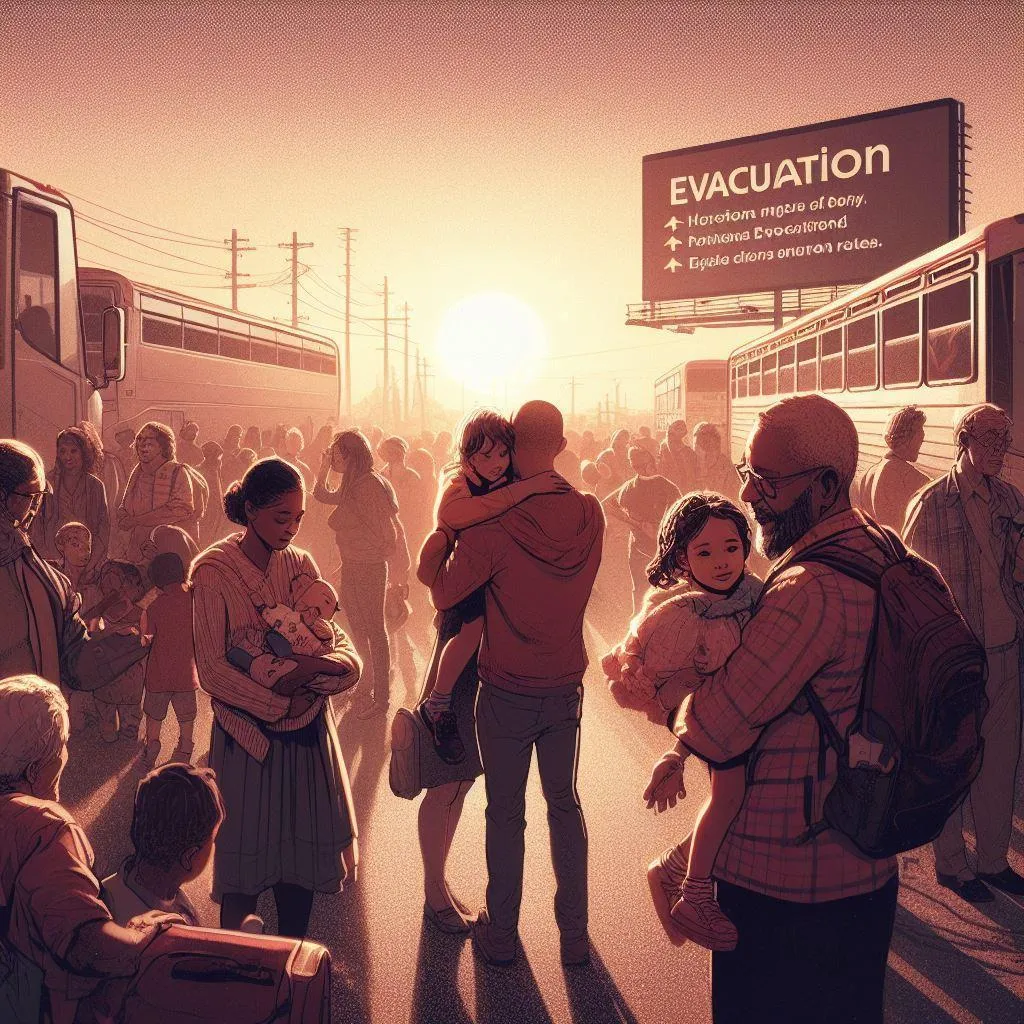
Evacuating with Empathy: The Human Side of Transportation During Crisis
When disaster strikes, whether in the form of a natural catastrophe, civil unrest, or any other unforeseen calamity, the immediate concern is often focused on logistics: How do we get from point A to B? Which route is the safest? What's the most efficient mode of transport?
While these are undoubtedly crucial questions, there's an often overlooked component: the human side of transportation and evacuation. How do you ensure that amidst the chaos, you don't lose sight of the emotional, mental, and physical well-being of those involved?
1. The Power of Preparation
Understand the Situation: Before anything else, have a clear understanding of the crisis at hand. Knowledge reduces panic and helps in making informed decisions.
Plan Ahead: While it's impossible to predict every crisis, having an evacuation plan in place is essential. This not only involves mapping out exit routes but also understanding the unique needs of those you're responsible for.
2. Communication is Key
Ensure that everyone knows the plan and understands their role. Create a system where people can voice their concerns or provide feedback. In times of crisis, misinformation can lead to panic. Effective communication reduces uncertainty.
3. Physical Needs
Healthcare: Always have a basic first aid kit handy. Cater to special needs, such as medicines for the elderly or physically challenged.
Comfort: While it might seem trivial, a familiar blanket or a cherished toy can make a significant difference to someone, especially children, during evacuations.
4. Mental and Emotional Well-being
Stay Calm: As a leader or caregiver, your demeanor can influence others. Displaying calm can help reduce the stress of those around you.
Provide Assurance: Sometimes, a simple "We'll get through this" can make a world of difference.
Stay Connected: If possible, keep lines of communication open with loved ones. A brief chat with a family member or friend can provide immense relief.
5. The Role of Technology
Modern tech can be a boon during evacuations. Apps that provide real-time updates, communication platforms, and even simple games can provide both information and distraction during challenging times.
6. After the Evacuation
Once you're in a safe space, it's essential to address any trauma or mental strain. Seek counseling if necessary and ensure everyone has a platform to voice their experiences and emotions.
7. Incorporate Feedback
After every evacuation, take the time to gather feedback. What went well? What could be improved? This not only helps in future preparedness but also provides a sense of closure to those involved.
In closing, while the logistics of evacuation are undoubtedly crucial, it's the human touch that can make the journey bearable. By focusing on the emotional and mental well-being of evacuees, you not only ensure their safety but also make them feel valued and cared for.




